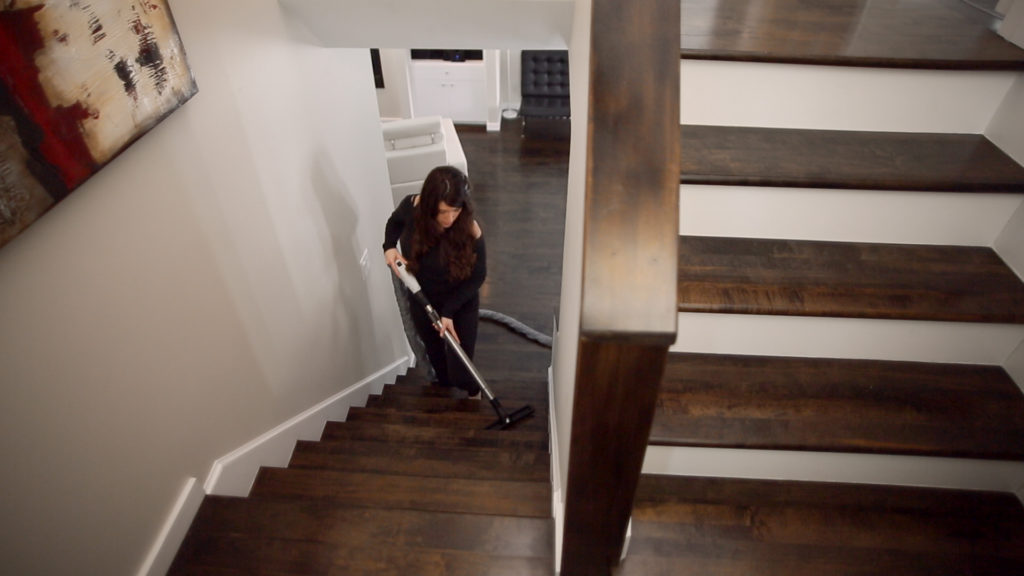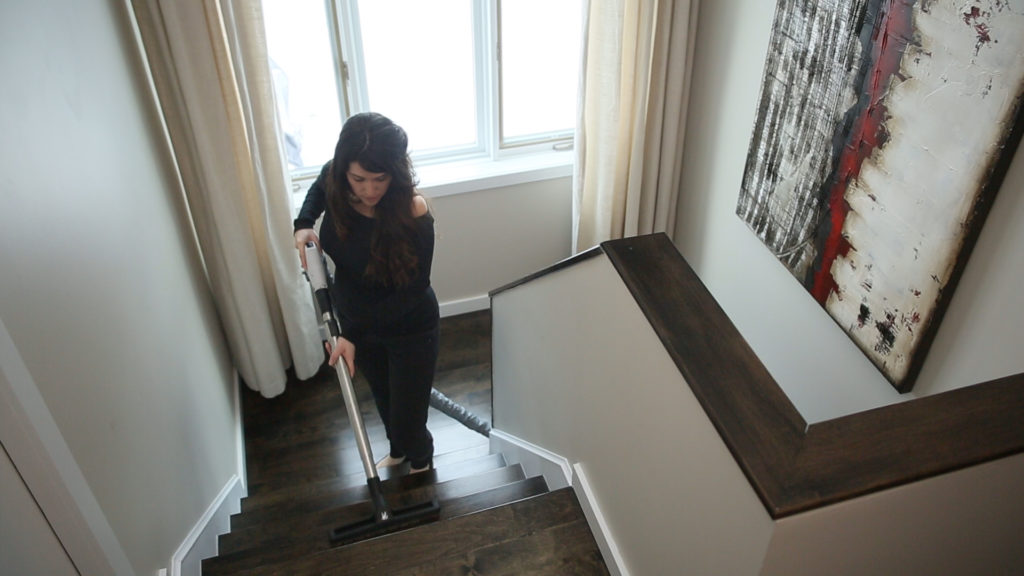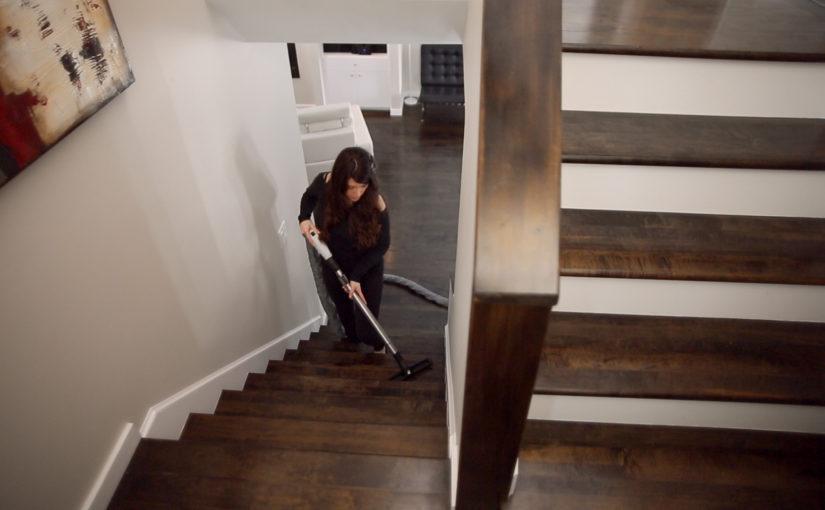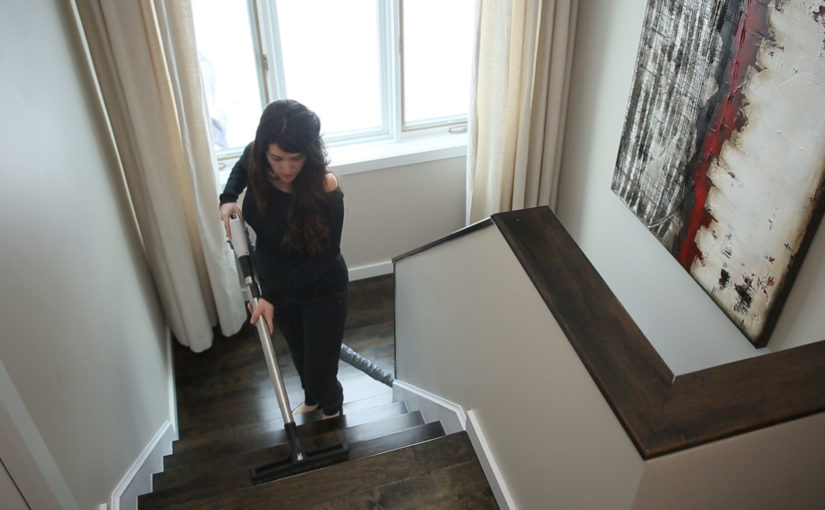MOVING SOON? 7 STEPS TO REFRESH THE PLACE AND FEEL AT HOME.
You will soon be moving into your new house or condo and you can’t wait to repaint to put the place to your taste and remove all traces of the old homeowner.
While it is true that painting is a messy task, it is essential to do part of the cleaning before because:
- Greasy spots and dust accumulation on the walls will prevent the paint from adhering.
- Airborne hair and dust particles might stick on the fresh paint and leave traces.
Here are therefore 7 steps to follow for the preparation of your new home before installing your furniture and personal effects:
1. VACUUMING IN EACH AND EVERY CORNER
Equip yourself with an efficient vacuum system and do not forget to remove dust from the walls, ceilings and windows on top of the floors.
A lot of central vacuum accessories can help you with this task, such as telescopic wands that stretch to get to hard-to-reach areas and mop brushes which are fastened to the end of the wand and allow mopping and vacuuming in a single step.
2. SURFACE CLEARING
Take off all hangers, nails and screws, and push back protruding gypsum inside the walls. Scrape or cut excess paint with a utility knife (X-Acto) or a spatula. Make sure the surface is as smooth as possible by gliding your hand on it to detect any bumps and imperfections.
3. THOROUGH WASHING OF WALLS, CEILINGS AND WINDOWS
Start by washing quickly all walls, ceilings and windows with water, then wash one square metre (square yard) at a time using a cleaner. This is a long and tedious task, but it is extremely important for an impeccable result! And, who knows, maybe some of the walls will come up looking so fine you won’t feel the need to paint them anymore!
4. PROTECTION OF SURFACES AND OBJECTS
Cover up the floors with drop clothes and spread over them some trash bags to lay your paint buckets and trays. Hence, messes will be more easily cleaned up if need be. Take off all wall-plates and protect all other immovable objects with plastic bags and masking tape.
5. REPAIR OF IMPERFECTIONS
Start by coating all surfaces with a white primer, which will help make imperfections more noticeable. Once it is dry, fill in all minor gaps and cracks with some drywall compound. Wipe all repaired spots with a damp cloth to eliminate compound dust and cover them with a new primer coat.
6. BRING IN THE PAINT!
We are finally getting there! For best results, paint the ceilings and the walls going from the palest to the darkest colours. In the corners, make the darker colours go slightly over the edging (roughly 1-2 mm) on the lighter colours. This will allow you to draw a nice straight line even if the joint is not quite even. Use masking tape to help you.
A little trick to paint in the cleanest way possible: Always keep a clean and damp rag to wipe undesirable brushstrokes and droplets as you go.
7. DEEP CLEANING
Once all painting is finished, take off all drop clothes, bags and masking tape, and put back on the wall-plates. Take this opportunity to replace yellowed or cracked ones.
Vacuum once again all floors and wash them thoroughly. Wash also all counters, cupboards and window panes.
Your great move-in cleaning and painting are done!
All you need to do now is to install your furniture and personal effects. Welcome in your home!
To read more on central vacuum features, take a look at this article : Why choose a central vacuum ? 11 factors to consider.






